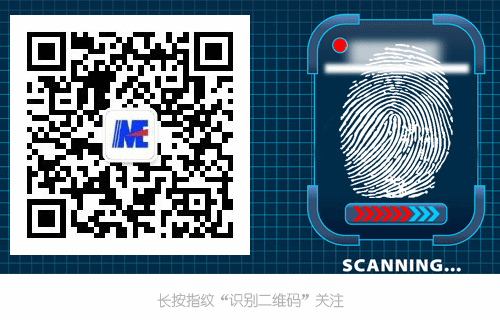
1
Small External Buses such as Microcontrollers
Microcontrollers (MCUs) generally have external buses that can be used to connect true color LCDs (asynchronous bus interface TFT displays). Most mobile phones use synchronous interfaces (first providing an address, then continuously sending data).
2
Application Scenarios of ARM Processors
ARM7: Industrial control, mobile phones;
ARM9: Image display;
Cortex-A: High-performance applications: mobile phones, low-cost laptops;
Cortex-M: Low-end applications;
Cortex-R: Mid-range applications, relatively rare.
3
Exceptions in ARM Processors
Generally, the first few interrupts (for example, the first 15 types) are designed by ARM itself and are fixed, while the latter part is defined by different chip manufacturers.
4
Processor System Timer
The System Timer, or Systick, can be used as a general-purpose timer when there is no OS. When an OS is required, it can serve as the system clock for the OS.
5
Enabling and Disabling the Same Interrupt Controlled by
Different Registers
Currently, many systems exhibit the phenomenon where enabling and disabling the same interrupt is controlled by different registers. To disable the interrupt, write 1 to the corresponding bit in the interrupt mask register; to enable the interrupt, write 1 to the corresponding bit in the interrupt enable register.
The benefits of this separate control are:
A. No need to read the interrupt control register value first, perform an OR operation, and then write it back.
B. Writing 1 directly will not affect other bits controlling interrupts.
6
OD Gate Output
Can be used when the processor level does not match the peripheral level.
7
How to Set IO States to Reduce Power Consumption
If an input pin is floating, it will have leakage current, which consumes power. The method to determine this: when touched, the current will fluctuate.
A. Set unused pins to output mode with either 0 or 1.
B. If configured as input pins, enable the internal pull-up.
8
ADC and DAC
During system sleep, the ADC and DAC should be turned off; otherwise, they will consume power.
9
Using the Watchdog
A. Do not feed the watchdog in an interrupt.
B. The more irregular the feeding of the watchdog, the better.
10
I2C Bus
SDA and SCL are both bidirectional and open-drain; pull-up resistors should be added when used.
The communication process of the I2C protocol:
A. Send a start signal (whoever sends the start signal is the master).
B. Send the slave address.
C. Transfer data.
D. Send a stop signal.
Software-simulated I2C buses have the following disadvantages:
A. Cannot perform bus arbitration.
B. Difficult to implement slave devices due to the need to constantly monitor the clock signal.
11
Logical 0 Page
Many MCUs can map the logical 0 page arbitrarily, allowing multiple systems to be burned into flash. By configuring the byte, the system can boot from different addresses, enabling upgrades.

1. The second issue of 2018 of the “Microcontroller and Embedded System Applications” electronic journal is freshly released!
2.Is hardware too profound? These basic knowledge points must be mastered.
3.Looking at the three major anxieties reveals the difficult journey of electric vehicle development!
4.Reasons for the short technical lifespan of Chinese engineers: Is being an “older engineer” equivalent to being a failure in the industry?
5.After the adjustment period of chip companies, the embedded industry will thrive in 2018!
6.Parting ways with the C language.

Disclaimer: This article is a network reprint, and the copyright belongs to the original author. If there are any copyright issues, please contact us, and we will confirm the copyright based on the materials you provide and pay remuneration or delete the content.